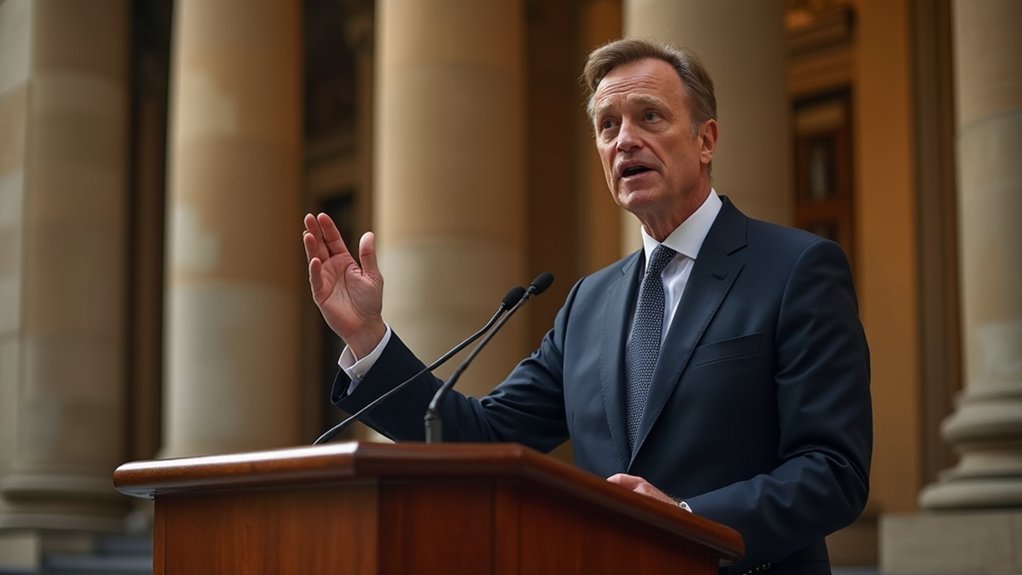The specter of monetary disruption has prompted Bank of England Governor Andrew Bailey to issue an unusually direct warning to major banks: stay away from issuing your own stablecoins. This stern admonition comes as the stablecoin market has ballooned from approximately $125 billion to around $255 billion in less than two years—a growth trajectory that apparently keeps central bankers awake at night.
Bailey’s concerns center on a rather inconvenient truth: bank-issued stablecoins could effectively cannibalize the traditional banking system by siphoning away deposits, leaving less money available for lending. One might wonder whether this represents innovation or sophisticated financial self-harm. The governor warns that private stablecoins carry systemic risks that threaten liquidity and increase market volatility, potentially creating new vulnerabilities throughout the broader financial ecosystem.
The Bank for International Settlements echoes these concerns, highlighting how stablecoin collapses could trigger fire-sale risks of underlying assets, facilitate illicit activities, and spread contagion effects across markets. Perhaps more fundamentally, private stablecoins could undermine sovereign governments’ cherished control over currency issuance—a prospect that understandably makes monetary authorities rather uncomfortable.
Instead of embracing private stablecoins or central bank digital currencies, Bailey champions tokenized bank deposits as a safer alternative. These digital versions of traditional money would integrate seamlessly with existing banking frameworks while maintaining trust within established credit creation mechanisms. The approach represents a characteristically British compromise: innovation without revolution.
This regulatory stance creates fascinating global divergence. While the UK explicitly rejects CBDCs and warns against private stablecoins, the Trump administration supports thorough stablecoin regulation to bolster dollar dominance. The European Central Bank pursues CBDCs entirely, creating a three-way regulatory split among major economies.
Meanwhile, the recently passed GENIUS Act establishes the first comprehensive federal framework for the $170 billion stablecoin market, requiring issuers to maintain full reserve backing with high-quality liquid assets and mandating dual licensing options at federal or state levels.
The irony is palpable: as Bailey assumes the Financial Stability Board chairmanship, he faces the challenge of addressing stablecoin proliferation on an international stage while his own jurisdiction takes an increasingly isolationist approach.
With US dollar-backed stablecoins dominating the sector through cash and Treasury bill collateralization, regulators worldwide must balance innovation with financial system safety—a task that grows more complex as market scales expand exponentially.









